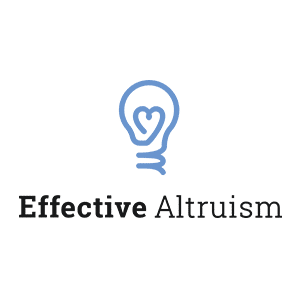 This is a short article that seeks to examine how it could be possible to apply some of the ideas associated with the Unilateralist’s Curse to EAA and veganism. I was initially drawn to this idea by the way that veganism is sometimes considered ‘puritanical’ or ‘extreme’, and how the intentional marginalisation of veganism has by and large characterised the approach of various animal groups that are primarily considered to be the most ‘effective’ within EAA. I would firstly say that it is true veganism does go beyond the initial welfare intentions that are considered important by EA, but nevertheless veganism does include consideration for animal welfare, albeit the conclusion is not to use animals (largely because welfare myths underpin animal exploitation / the approach hinders advocacy through replicating various carnistic defences).
This is a short article that seeks to examine how it could be possible to apply some of the ideas associated with the Unilateralist’s Curse to EAA and veganism. I was initially drawn to this idea by the way that veganism is sometimes considered ‘puritanical’ or ‘extreme’, and how the intentional marginalisation of veganism has by and large characterised the approach of various animal groups that are primarily considered to be the most ‘effective’ within EAA. I would firstly say that it is true veganism does go beyond the initial welfare intentions that are considered important by EA, but nevertheless veganism does include consideration for animal welfare, albeit the conclusion is not to use animals (largely because welfare myths underpin animal exploitation / the approach hinders advocacy through replicating various carnistic defences).
My point would be that it appears at least reasonable to question whether there is something of a Unilateralist’s Curse in relation to the ‘mainstream’ animal movement, in the sense that rather than the appearance of a minority holding a balance of power, the majority or ‘mainstream’ is perceived to do so. This appears to be the case because a small group of thought leaders in the movement appear to have acquired the most power (influence) / financial resources and have dominated movement discourse. This could give the impression of a mainstream consensus through an association with the large animal organisations, when instead this movement context could be identified as informed by a fairly narrow, uniform ideological approach that has been established and promoted by a very small group of people (this would be the curse).
‘Reducetarianism’ could be a good example that represents a manifestation of this ‘curse’, because it doesn’t appear to have been evaluated in relation to various EA expectations (cost-benefit analysis / counterfactuals / opportunity cost / cost-effectiveness analysis), and neither have various stakeholders been consulted, either because they aren’t recognised, or because they have been historically undervalued within EAA (reflecting a certain inevitability of the curse, or a lack of intentionality relating to EA standards / values). For example, we may see a discussion around ‘diversity’, yet this tends to refer to the scope of a single ‘pragmatic’ ideology, rather than diversity within the broader animal movement. We can also observe the casual application of ‘diversity’ within AR2017 which could lead us to believe these issues do not tend to merit serious consideration. We can also look to how the movement is often split into simplistic dichotomies such as ‘abolitionists’ and ‘pragmatists’, where abolitionists exist peripherally in the movement, and other stake holders are either hidden or incorporated, with ideas appropriated and distorted to fit into an ‘inclusive’ pragmatic paradigm.
At the very least, there appears to be a significant flaw in the way animal organisations currently operate in relation to EAA that appear ideological, and could precipitate EAA falling short of the standards we might expect from Effective Altruism. Of course, we could argue there are ‘strategic’ gains to be made, but I would counter that a significant evidence base would be required in order to warrant the appearance of falling short of EA standards / values, or to potentially risk the reputation of EA.
Links:
Framework for selecting interventions
